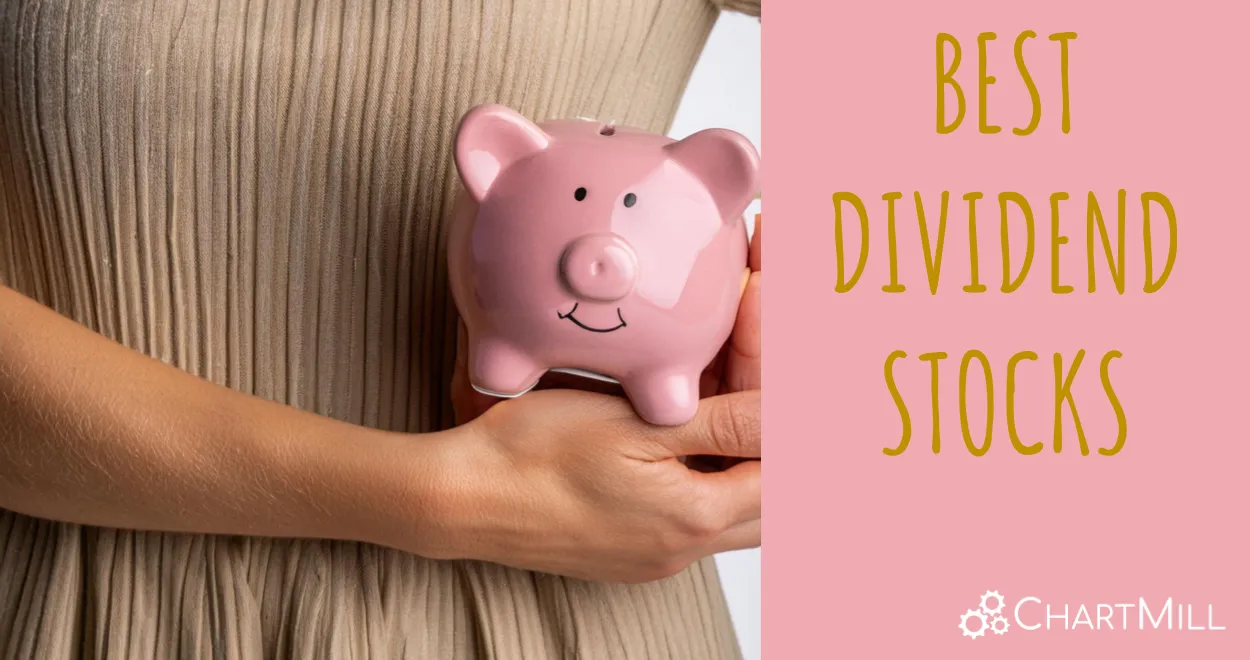Is NYSE:NVS a Good Fit for Dividend Investing?
By Mill Chart
Last update: Jul 12, 2024
NOVARTIS AG-SPONSORED ADR (NYSE:NVS) was identified as a stock worth exploring by dividend investors by our stock screener. NYSE:NVS scores well on profitability, solvency and liquidity. At the same time it seems to pay a decent dividend. We'll explore this a bit deeper below.

Understanding NYSE:NVS's Dividend
ChartMill employs its own Dividend Rating system for all stocks. This score, on a scale of 0 to 10, is determined by evaluating different dividend factors, such as yield, historical performance, dividend growth, and sustainability. NYSE:NVS has been assigned a 7 for dividend:
- Compared to an average industry Dividend Yield of 4.14, NVS pays a better dividend. On top of this NVS pays more dividend than 93.75% of the companies listed in the same industry.
- Compared to an average S&P500 Dividend Yield of 2.38, NVS pays a bit more dividend than the S&P500 average.
- NVS has paid a dividend for at least 10 years, which is a reliable track record.
- NVS pays out 29.69% of its income as dividend. This is a sustainable payout ratio.
- NVS's earnings are growing more than its dividend. This makes the dividend growth sustainable.
Health Assessment of NYSE:NVS
ChartMill utilizes a Health Rating to assess stocks, scoring them on a scale of 0 to 10. This rating takes into account a variety of liquidity and solvency ratios, both in absolute terms and in comparison to industry peers. NYSE:NVS has earned a 7 out of 10:
- NVS has an Altman-Z score of 4.21. This indicates that NVS is financially healthy and has little risk of bankruptcy at the moment.
- With an excellent Altman-Z score value of 4.21, NVS belongs to the best of the industry, outperforming 80.21% of the companies in the same industry.
- NVS has a debt to FCF ratio of 2.63. This is a good value and a sign of high solvency as NVS would need 2.63 years to pay back of all of its debts.
- Looking at the Debt to FCF ratio, with a value of 2.63, NVS belongs to the top of the industry, outperforming 91.67% of the companies in the same industry.
- NVS has a Debt/Equity ratio of 0.47. This is a healthy value indicating a solid balance between debt and equity.
- The current and quick ratio evaluation for NVS is rather negative, while it does have excellent solvency and profitability. These ratios do not necessarly indicate liquidity issues and need to be evaluated against the specifics of the business.
Profitability Examination for NYSE:NVS
ChartMill assigns a Profitability Rating to every stock. This score ranges from 0 to 10 and evaluates the different profitability ratios and margins, both absolutely, but also relative to the industry peers. NYSE:NVS scores a 8 out of 10:
- NVS has a better Return On Assets (18.59%) than 97.40% of its industry peers.
- Looking at the Return On Equity, with a value of 44.20%, NVS belongs to the top of the industry, outperforming 94.79% of the companies in the same industry.
- NVS has a better Return On Invested Capital (22.43%) than 97.40% of its industry peers.
- The last Return On Invested Capital (22.43%) for NVS is above the 3 year average (11.23%), which is a sign of increasing profitability.
- With an excellent Profit Margin value of 29.84%, NVS belongs to the best of the industry, outperforming 95.31% of the companies in the same industry.
- NVS's Profit Margin has improved in the last couple of years.
- NVS has a better Operating Margin (27.85%) than 93.23% of its industry peers.
- NVS's Operating Margin has improved in the last couple of years.
- NVS has a Gross Margin of 74.29%. This is in the better half of the industry: NVS outperforms 79.69% of its industry peers.
Every day, new Best Dividend stocks can be found on ChartMill in our Best Dividend screener.
For an up to date full fundamental analysis you can check the fundamental report of NVS
Disclaimer
This article should in no way be interpreted as advice. The article is based on the observed metrics at the time of writing, but you should always make your own analysis and trade or invest at your own responsibility.
136.06
+0.79 (+0.58%)
Find more stocks in the Stock Screener
NVS Latest News and Analysis


